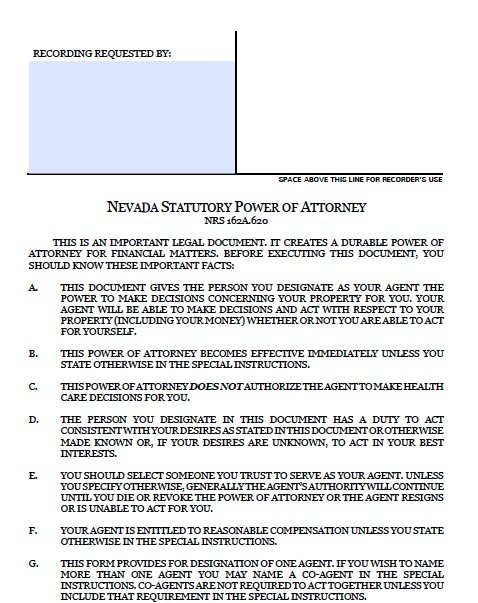- Download Action Act Nevada Egoist Drivers Ed
- Download Action Act Nevada Egoist Driver Download
- Download Action Act Nevada Egoist Drivers
NEVADA DRIVER’S. DEPARTMENT OF MOTOR VEHICLES 555 Wright Way. Carson City, Nevada. This handbook has been written in an informal style for easy reading. Each state has a collection of laws that are generally referred to as the vehicle code or traffic code. Most often the code is just one section in a state's massive book of legal statutes.
Download Action Act Nevada Egoist Drivers Ed
There’s a lot of information about you on the back of your state-issued driver’s license or non-driver ID card, but does scanning your license or making a copy of it give potential identity thieves key information about you? It’s not easy to find out what data is encoded in the barcodes on the back of your ID cards, and your state’s motor vehicles department may not want you to know.
We use driver’s licenses as photo ID for everything from buying cold medicine or booze to boarding a plane, in addition to using them as proof that we’re legally permitted to drive.
Yet people often wonder what information is embedded in those barcodes, and consumer problem-solving columnist Karin Price Mueller of the Star-Ledger decided to find out. Lots of extensive reporting got her…well, she found out what one of the barcodes means, but what the other one contains is a mystery that mere mortals are not allowed to understand.
What the MVC, New Jersey’s motor vehicle agency, could tell her was that some of the data embedded on the back of your license is the same information that’s on the front of your license. There’s your name, birthdate, address, height, and weight. That’s to prevent people from altering the front of their license–say, the year of their birth. The other barcodes, though? We can’t know what information is encoded there for security reasons.
Bamboozled: What the bar codes on your driver’s license reveal about you, and why it matters [Newark Star-Ledger]

Editor's Note: This article originally appeared on Consumerist.
An employee disciplinary action form is designed to inform an Employee, unable to follow the policies or expectations set by his or her Employer, of the result(s) of his or her action(s). The punitive action defined in this form will usually be unwelcome by most employees, so it would be considered wise to document it, then present it in writing. A standardized document will make sure to keep this action on a professional level while, at the same time, providing a hard copy record which each party should keep for future reference.
An Employee Disciplinary Action Form should be utilized when there is professional behavior or performance concerns regarding an individual that require immediate improvement. Disciplinary action could be taken for inappropriate conduct, safety violation, performance or quality issues, absenteeism, late arrivals, policy/procedure violation, etc.
The An Employee Disciplinary Action Form should be inclusive of all pertinent details that are encompassing of the issue and the employee. Common information to include is:
- The employees first and last name.
- The date of disciplinary action.
- A detailed description of the issue (include dates, times, location and witnesses of the issue, if applicable).
- Any prior history in relation to disciplinary action at hand.
- Any employee comments in regards to the disciplinary action.
- Corrective action being requested of the employee and expected date of appropriate behavior or improvement.
- Additional pertinent comments of the Manager or individual providing Disciplinary action, as a result of the meeting.
- The name of the employees reporting Manager.
- Signature of the employee acknowledging corrective action form and agreement of requested improved behavior.
- Signature of the employees Manager or individual providing Disciplinary action.
1. Give verbal warning of violation
Once a violation, lack of performance or behavior concern is presented the employee should be notified immediately. Communication should encompass suggested methods to improve behavior along with pertinent policies and procedures in question.
2. After second violation give written notice
Once the employee commits a second violation the employee should be provided a written notice by the appropriate company representative. The notice should provide details of the inappropriate behavior, performance concern or policy violation. Employee should be notified immediately of expectations and ways to improve along with consequences if improvement is not received.
3. Third strike constitutes an employee review
After a third violation of a company policy, lack of performance or evidence of inappropriate behavior a formal review may be conducted of the employee. All previous history of company concerns or violations should be documented and the employee should be notified of next actionable steps that may be taken by the Manager or company. Appropriate Human Resources consultants may be present to ensure appropriate performance guidelines and disciplinary action are taken.
Save

Download Action Act Nevada Egoist Driver Download

Save
Save
Save
Download Action Act Nevada Egoist Drivers
Save

